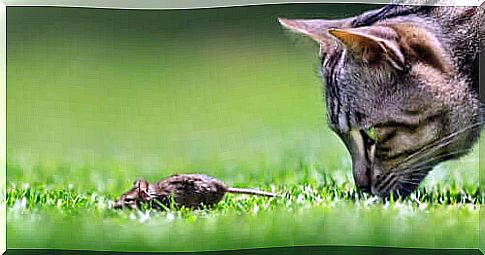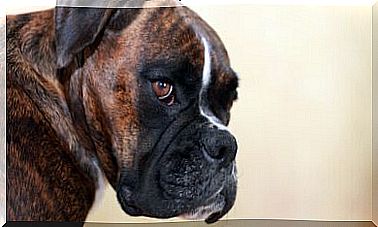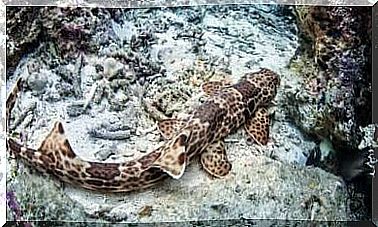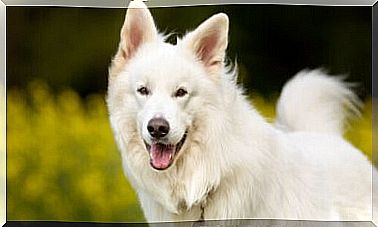Why Do Cats Have Whiskers On Their Front Paws?

You’re suprised? Cats have whiskers on their front paws and you may not have noticed them to this day. If you’ve never noticed them before, look at your cat now: you’ll notice that they look exactly like the eyebrows and chin. Whiskers grow on the back of the feet, around the fifth toe.
mustache anatomy
All whiskers are known by the technical term vibrissae. The whiskers located on the cat’s paws are called carpal vibrissae.
First, it is necessary to note that whiskers are not ordinary hair. Underneath the skin, its hair follicles differ from ordinary cat hair, both in structure and function.
They have a much stiffer texture and are embedded deeper into the cat’s body than ordinary fur. A particular feature of the paw whiskers is that they are incredibly sensitive; they are highly enervated and irrigated by blood. For this reason, the slightest contact with these whiskers already sends information about the environment to the brain.

Why do cats have mustaches on their paws?
Let’s first remember what mustaches are and what they do. Whiskers are thick hairs that grow inside a sensory cell and whose main function is to detect movement. They are very good at it.
Facial whiskers are so sensitive that they can detect even small drafts; they work like radars. Thus, these whiskers help cats to hunt, orient themselves and anticipate movements.
However, the whiskers that cats have on their paws do not have the function of calculating the space through which they are about to pass, since that is the function of the whiskers on their faces.
The whiskers on the forelegs help calculate the position of their prey. Thus, they are important for cats so they can capture and keep their ‘victim’ prey.
Some studies on carpal whiskers suggest that they act to adjust the rigidity of the paws, thus anticipating the steps to be taken , according to the different surfaces found, an interesting function that is being applied in robotic locomotion.
The mustaches on the folders are remnants of wildlife. Although domestic cats currently do not need to hunt for their food, many of them still do so by choice.
Carpal vibrissae, key elements for the feline sixth sense
It’s worth remembering that cats don’t see as clearly up close, which means that when a cat is incredibly close to something, like prey, for example, it won’t be able to see your tiny movements.
No doubt, under these circumstances, perception can make the difference between a successful capture and returning home hungry. Carpal whiskers help to compensate for feline vision.

Cats have mustaches because they need them: never cut them!
A common mistake is to assume that cats’ whiskers should be trimmed. Some cats, like the cornish rex, for example, have curly facial whiskers, so some owner might think it wouldn’t hurt to straighten them out with a little cut. But that is not true!
In short, the whiskers allow cats can measure and understand the environment around you. Cats need their whiskers to remain intact, as they use them in the same way we use tactile receptors on our fingertips to feel objects in the dark to stay alert to potentially painful situations.









